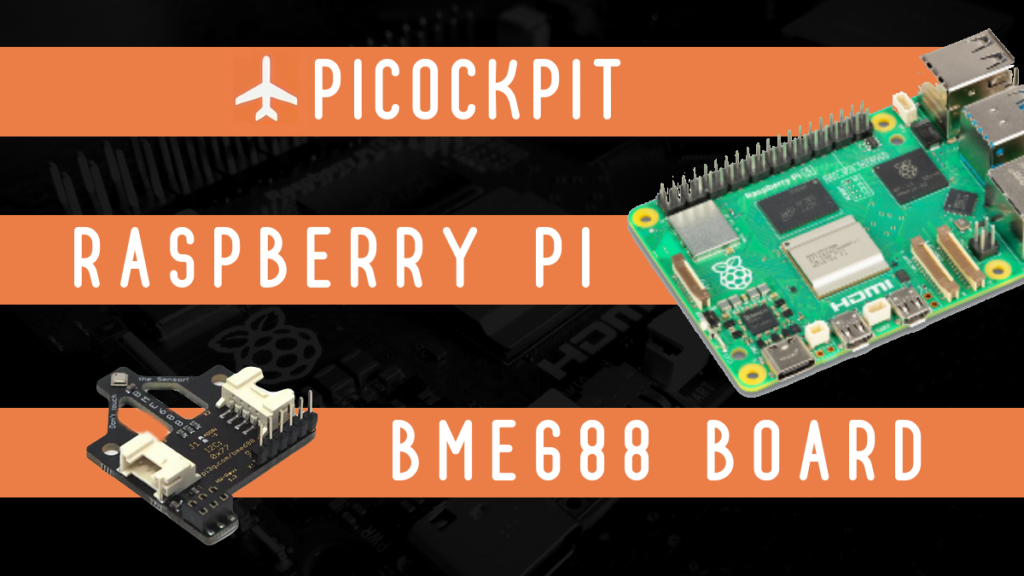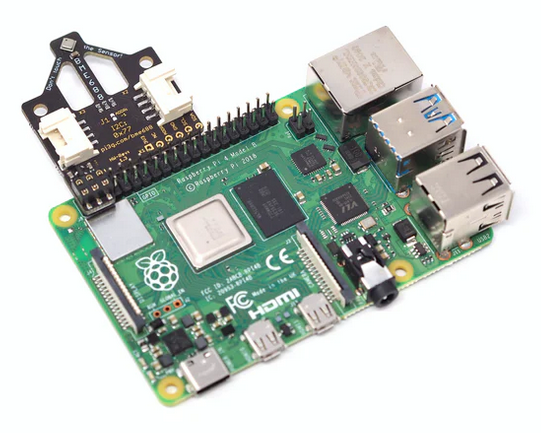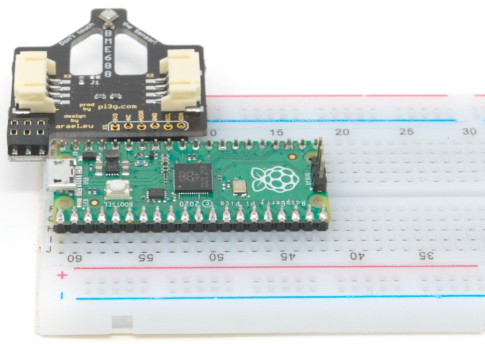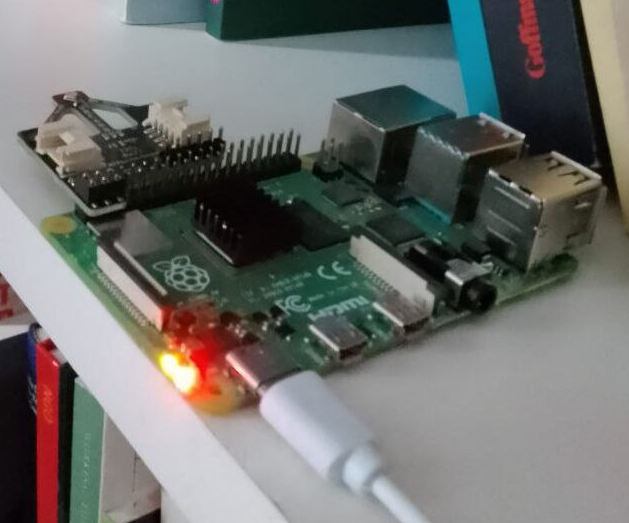Use a Raspberry Pi & BME688 to Measure Indoor Air Quality

Whether at home or in the office, your indoor air quality can affect your productivity. By attaching a BME688 sensor board to your Raspberry Pi, you can monitor your indoor air quality with ease!
If you’re not familiar with the BME688 sensor board, allow to me to start off with a brief description.
The BME688 Board
The sensor sits at the top of the board and is able to measure temperature, VOC (volatile organic compounds), air pressure, humidity, and indoor air quality. It is also able to detect different gasses and gas mixtures in the air.
The sensor comes on a variety of breakout boards. We designed the pi3g breakout board, which you can see in the photo above, to be solderless as well as to work with a breadboard.
So it is also easy to use with a Raspberry Pi Pico.
With this setup, you’ll be able to easily monitor indoor air qualiity. When paired with a Raspberry Pi, a BME688 can really transform a business environment into a smart, responsive space.
As I already mentioned, poor air quality inside can lead to decreased cognitive function and increased fatigue, affecting overall productivity.
I keep a BME688 sensor running in my office at home so that I can keep track of the air quality.
Implementing this solution is both cost-effective and scalable. Indeed, a BME688 works as well for an office at home or at work as it does for a factory floor.
PiCockpit
Here at PiCockpit, we actually have two apps dedicated to the BME688 – our BME688 AirMeter and BME688 DigitalNose. Both apps utilize the BME688’s versatility.
Our BME688 AirMeter app gives you direct information from the BME688. You get real-time information on the indoor air quality, the temperature, air pressure, humidity, and gas resistance.
It also gives you an advanced view into things like the CO2 equivalent, gas percentage, and accuracy readings.
Our BME688 DigitalNose app helps you train your BME688 to detect and recognize smells, using AI. If your business is engaged in manufacturing, then AI smell detection can play a role in both quality control and early detection of equipment issues.
Furthermore, you could use AI-powered smll detection with a BME688 for environmental monitoring or simply to enhance customer experience in your store.
And with PiCockpit, you can do all this and more!
Conclusion
A Raspberry Pi and a BME688 sensor is the ideal solution if you’re concerned about ventilation and air quality management.
The integration of Raspberry Pi and BME688 for indoor air quality monitoring offers a pragmatic, technical solution for businesses aiming to address environmental concerns and optimize operational efficiency. This approach not only safeguards occupant health but also positions businesses at the forefront of leveraging technology for sustainable and data-driven practices.



